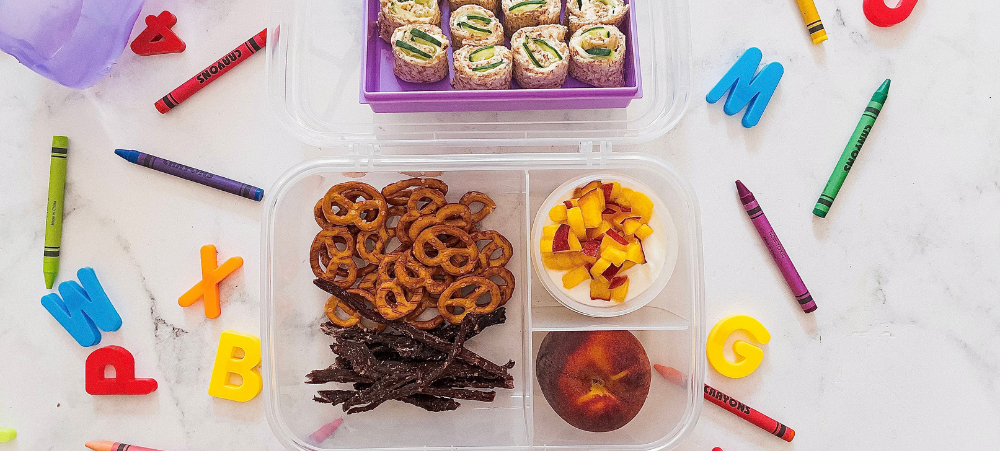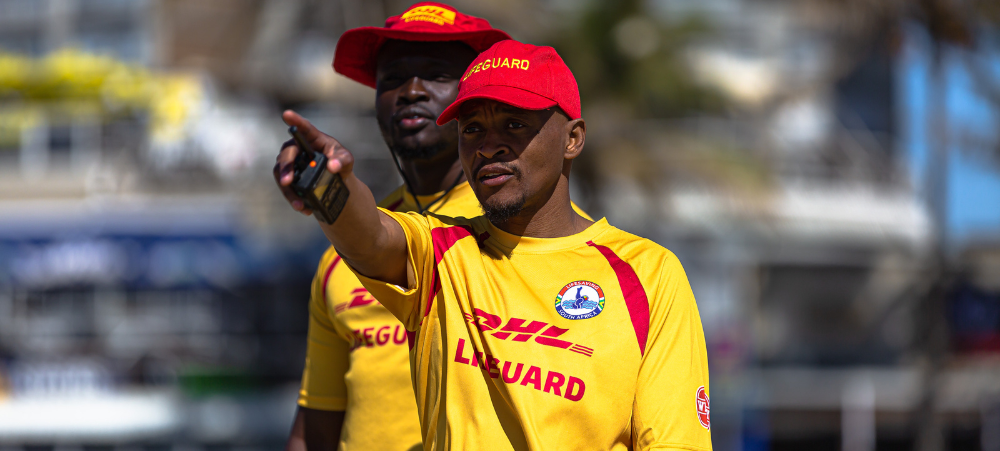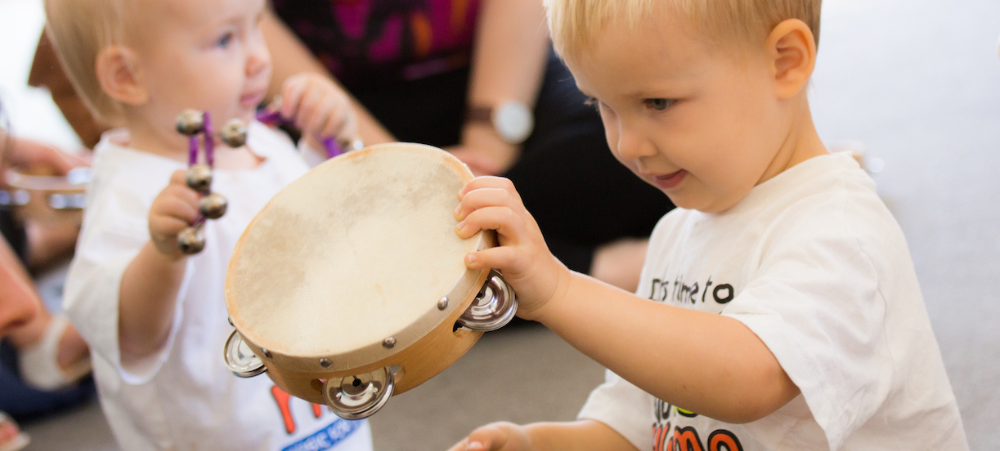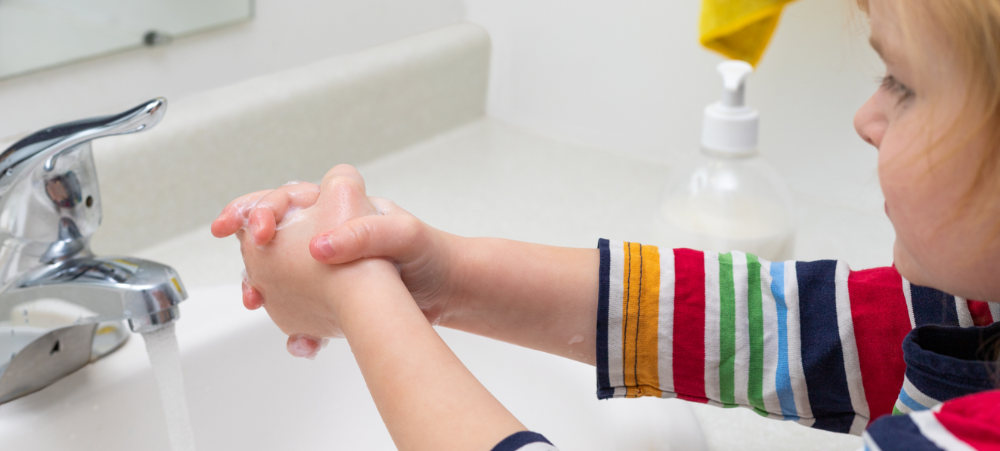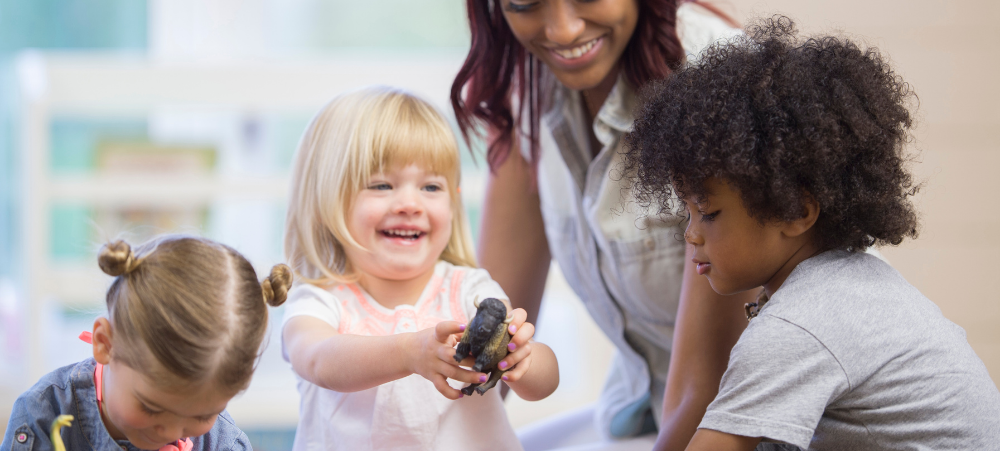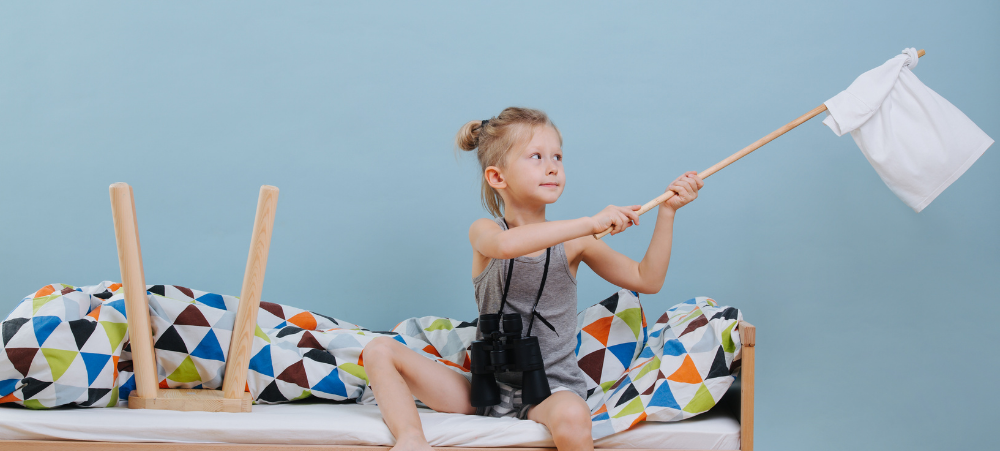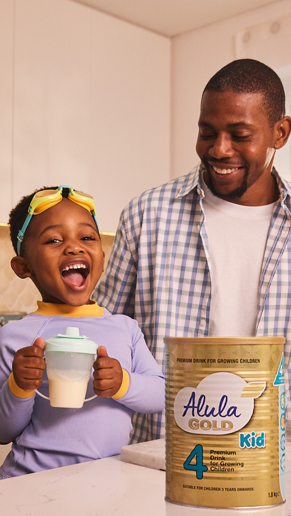
Do Your Kids Know How to Express Love and Compassion
Here’s an exercise I learned from a 9-year-old girl little girl, my youngest daughter who today is 28 and expecting her first child. She revealed the exercise during one family meeting 19 years ago when it was her turn to facilitate. In our family meetings, everyone rotated through the facilitator role which created intense excitement for each of our three kids when it was their week to lead the group. On the night of Shauna’s turn to facilitate, she reminded me to turn the answering machine on so that no calls would interrupt our meeting. If we had today’s technology back then, I can guarantee that she would have collected everyone’s cell phones and placed them in another room so that no distractions took anyone away from this sacred, weekly event. After an opening poem was read or prayer was said, Shauna immediately passed out a few supplies to each person; a business-sized envelope, a small stack of slips of paper, and a bunch of crayons and markers. Along with those supplies, placed in front of her was a ball of yarn and a metal single hole puncher. She waited until she had everyone’s attention and then began by providing instructions. We were instructed to decorate our envelope in any way that we wanted, as long as we included our name. She came around to each of us and punched two holes in the flap of the envelope and then cut a foot-long piece of yarn from the ball she had. Back at her seat at the head of the table, she instructed us to tie each end of the piece of yarn to one of the two holes in the envelope flap, creating somewhat of a handle. Once everyone had a personally decorated envelope with a loop of colored yarn attached, she instructed us to use the slips of paper to write love notes to each person in the family and to place them into appropriate family member’s envelope. Near the end of the family meeting, she led us down the hall to hang our envelopes on our bedroom doorknobs, ready to accept more handwritten notes. Later that night, I was amazed when all three kids willingly went to their rooms when bedtime arrived. Later when I checked in on them, each of them was hidden under their blankets, busily writing by flashlight. And when my wife and I turned in for the night, we found our yarn-hung envelopes overflowing with notes written by the three children. We too ended up staying awake later than usual that night, reading the cutest love notes written in their child-like handwriting, relating all of the things they loved about us or things they were happy about. It brings tears to my eyes now as I remember all the things my kids related to me in those precious little notes. Somewhere in a box in my basement is a large manila envelope, holding some of those handwritten love notes that will be keepsakes for as long as I live. They contain the loving words of my precious children who today are trying to find their way in this world as adults. I pull those treasured notes out now and then to recall the words they wrote when they learned to express their love for their mother and I, and each other.








